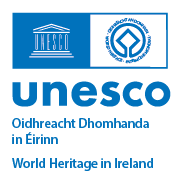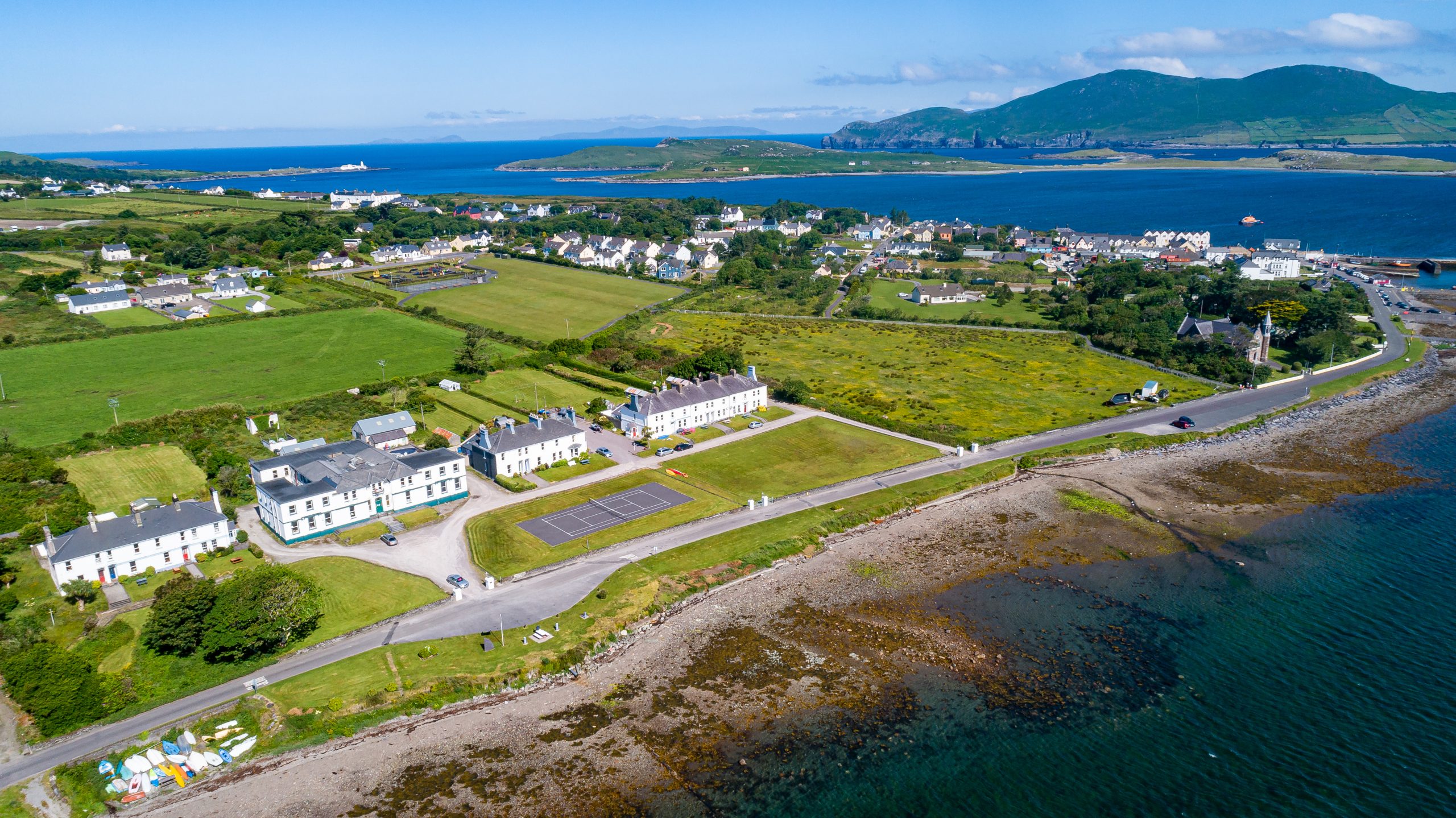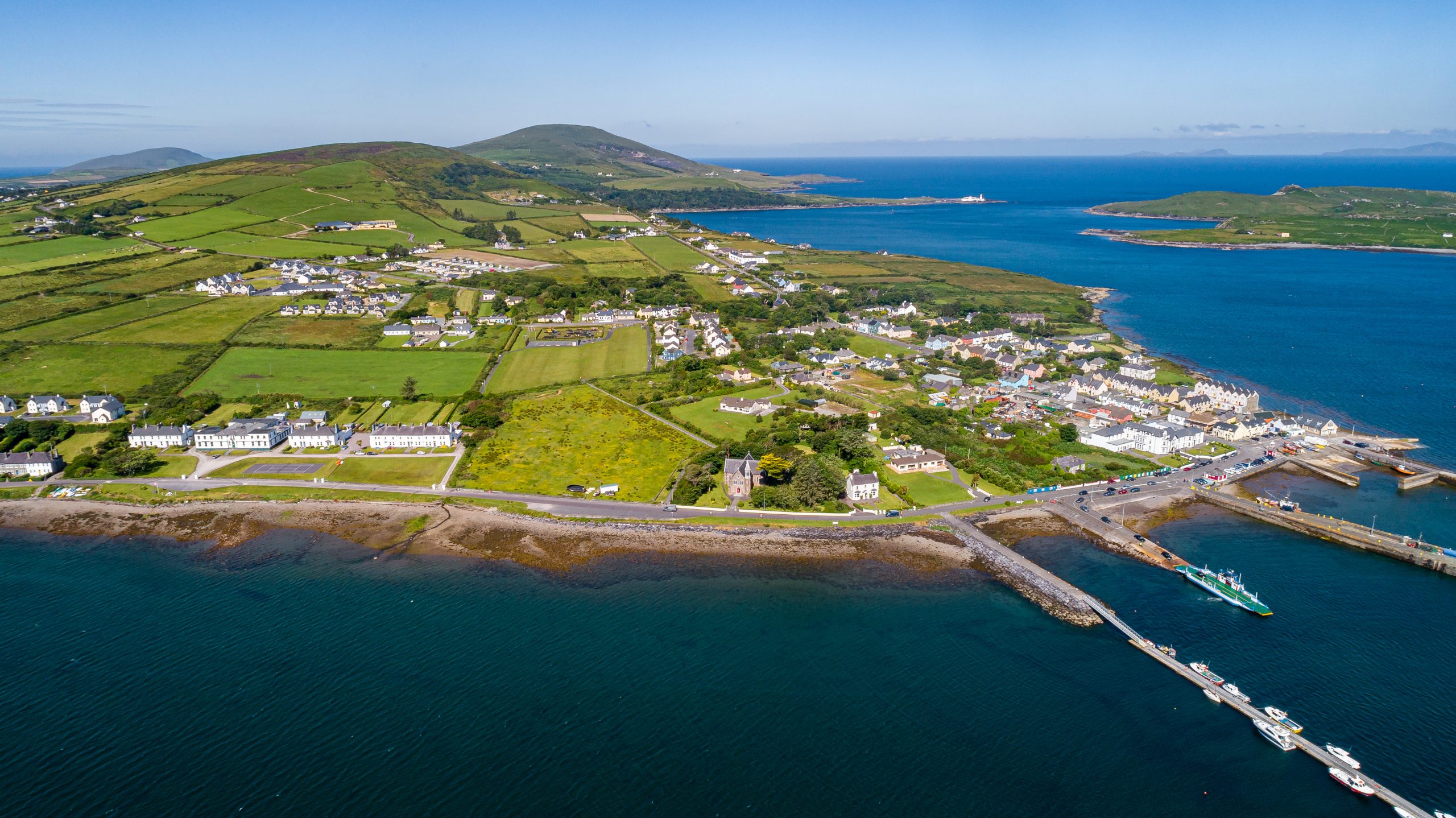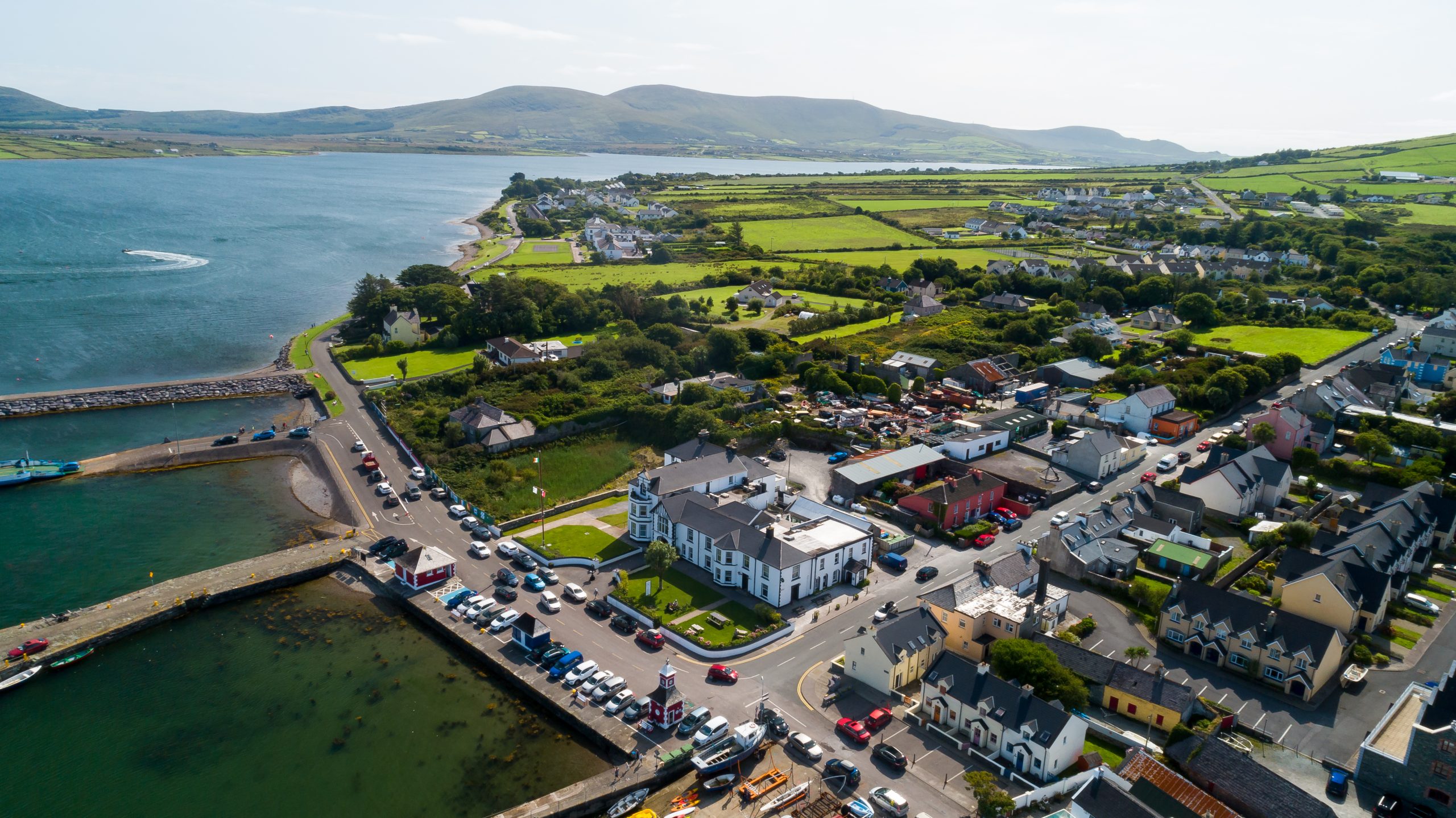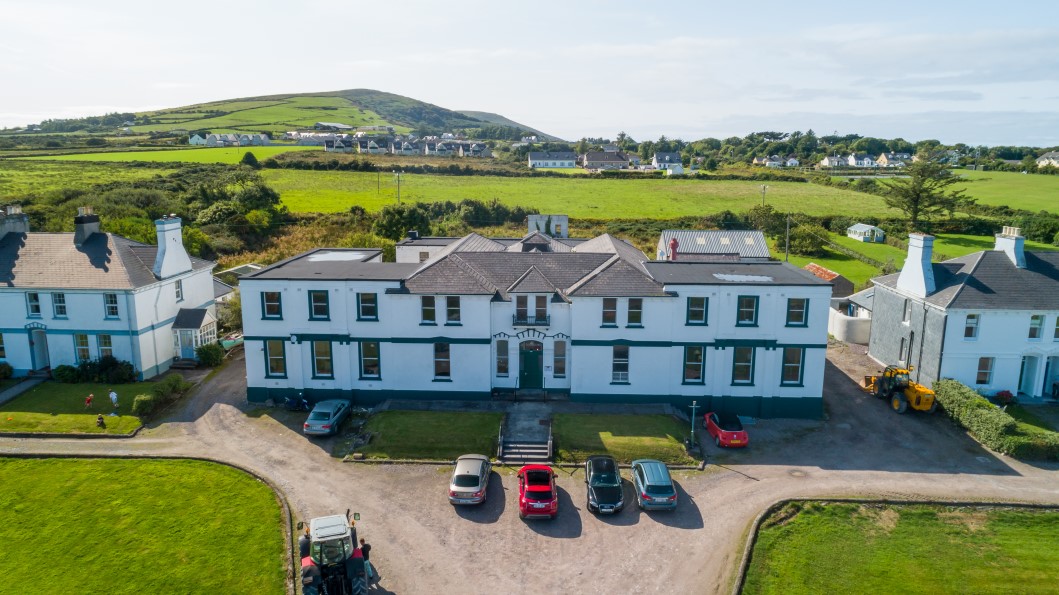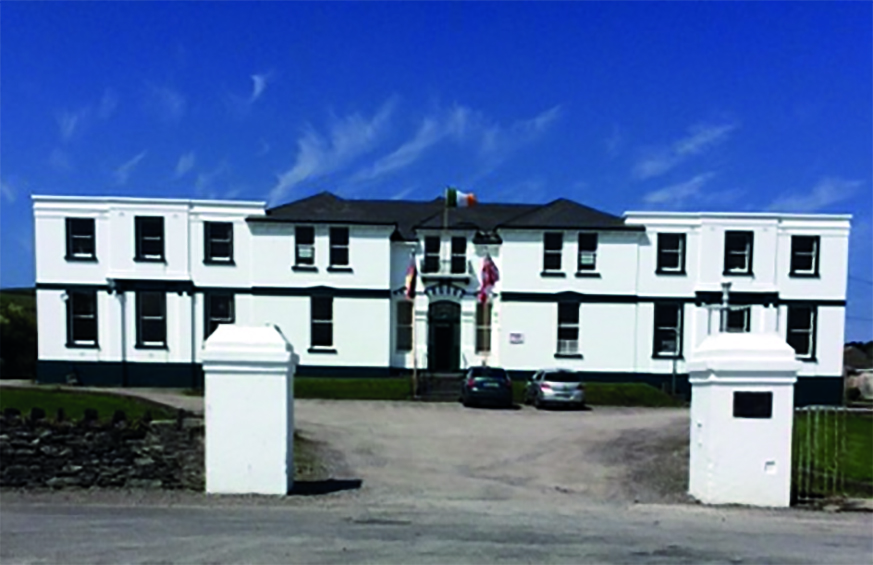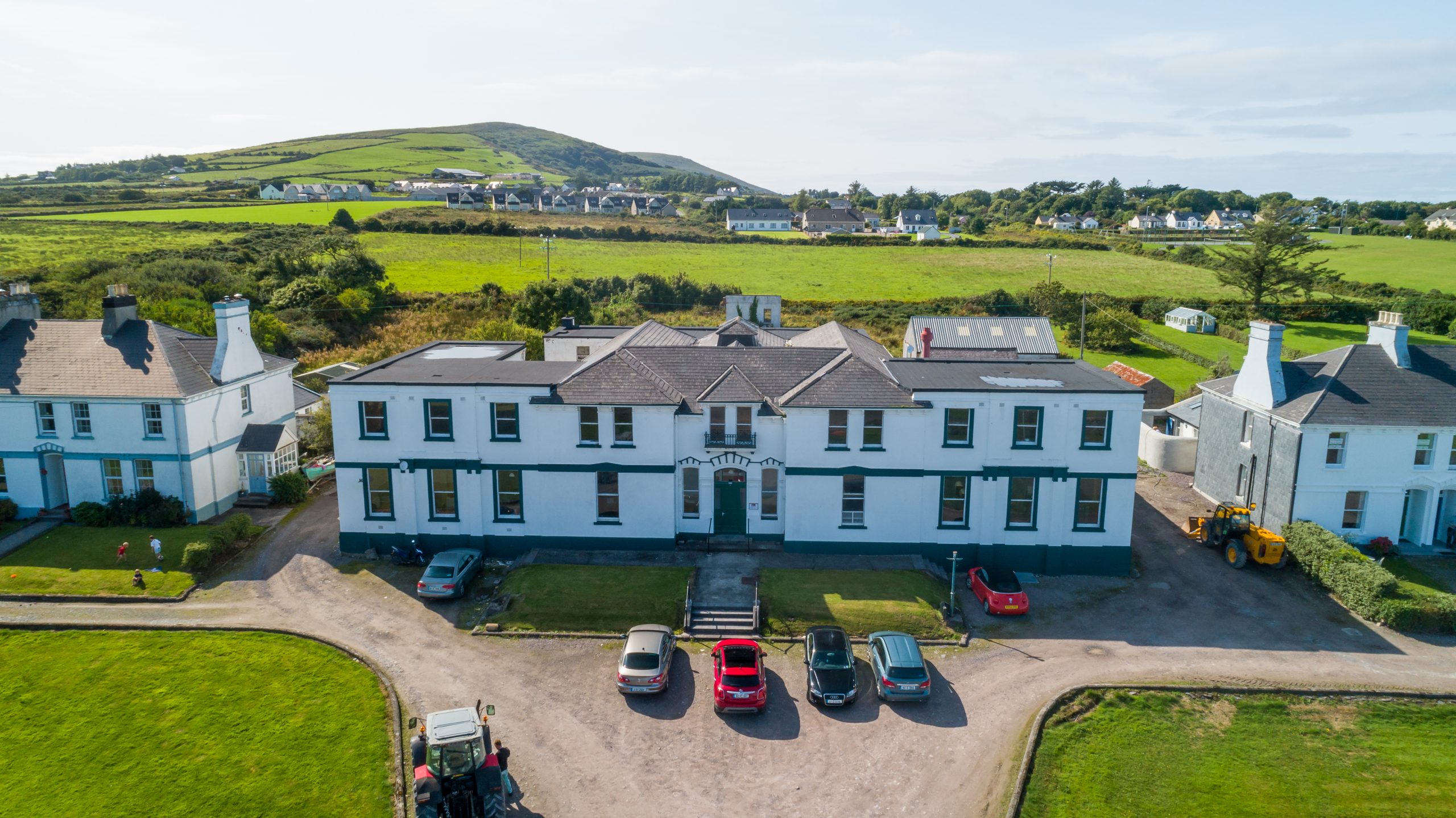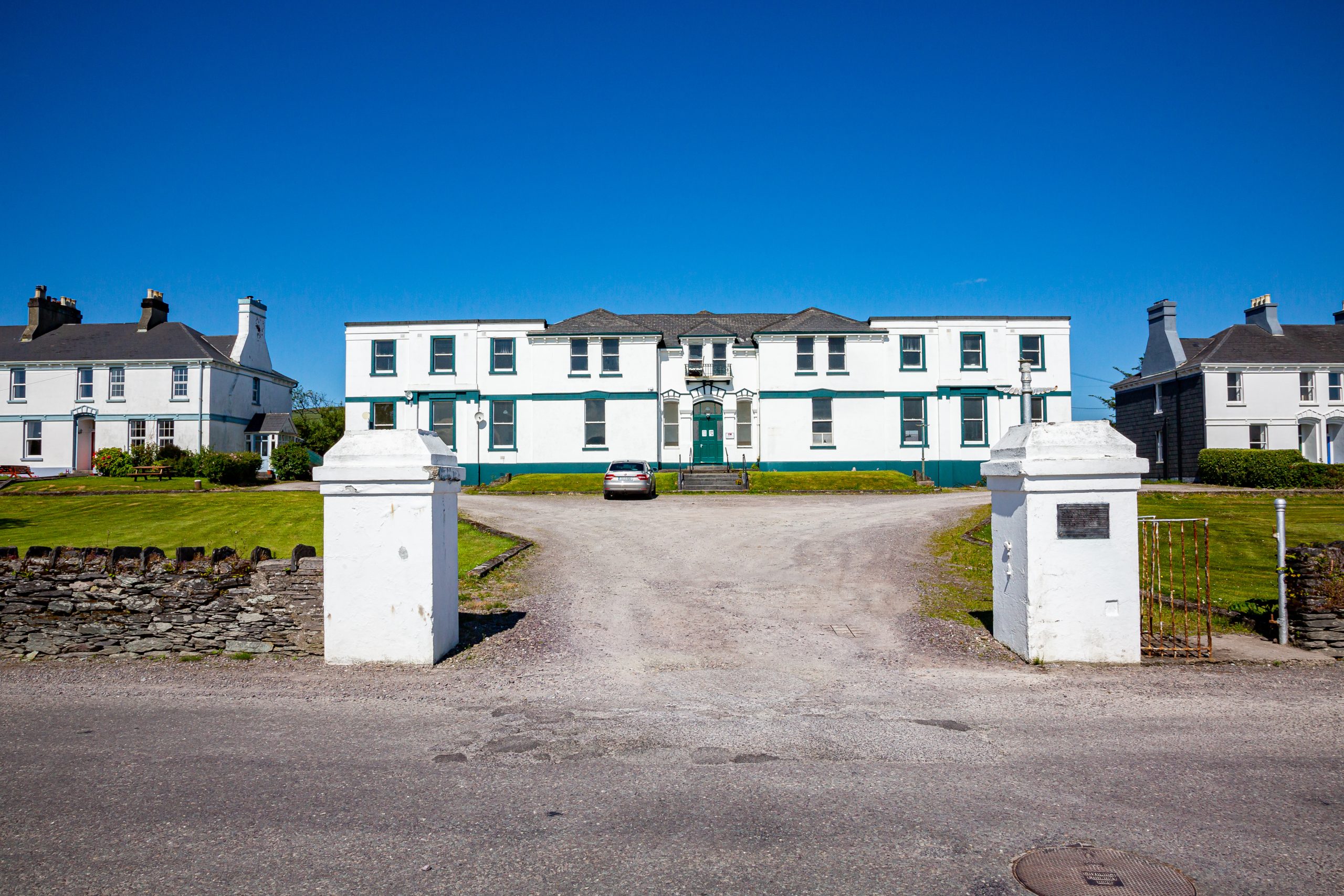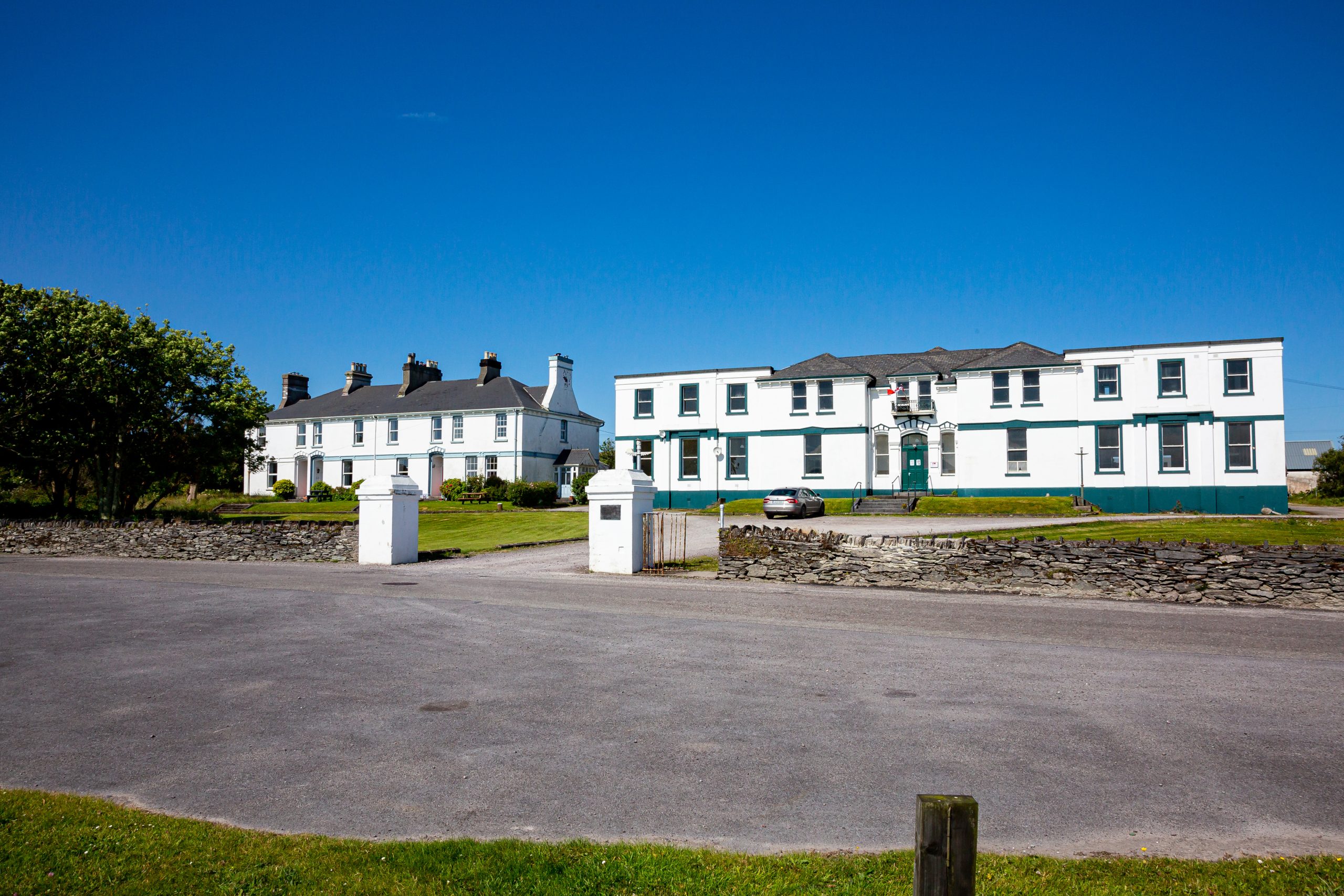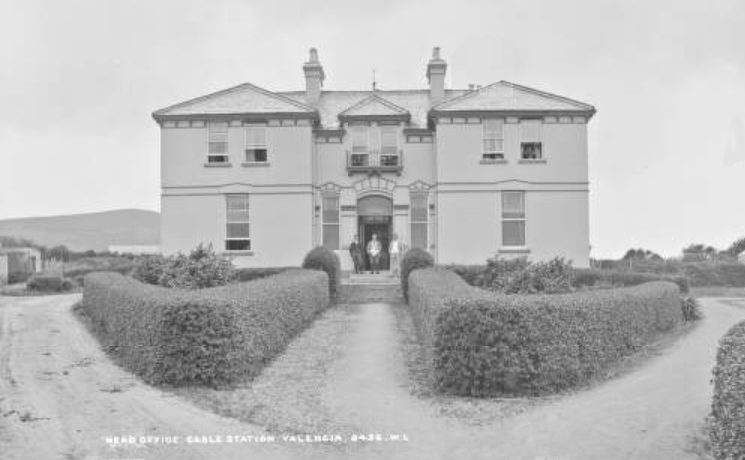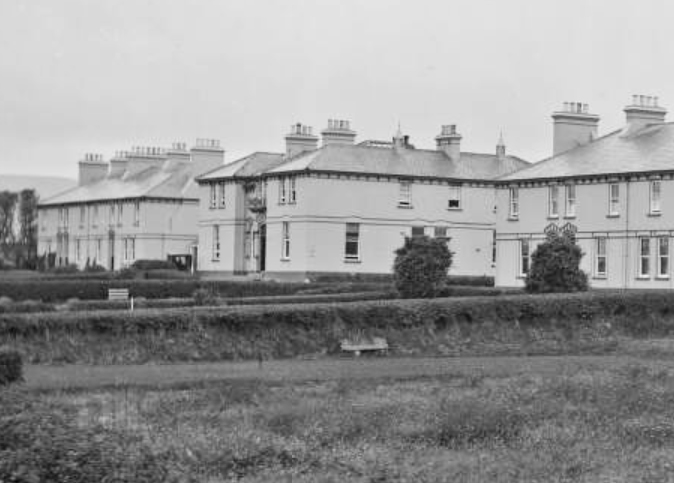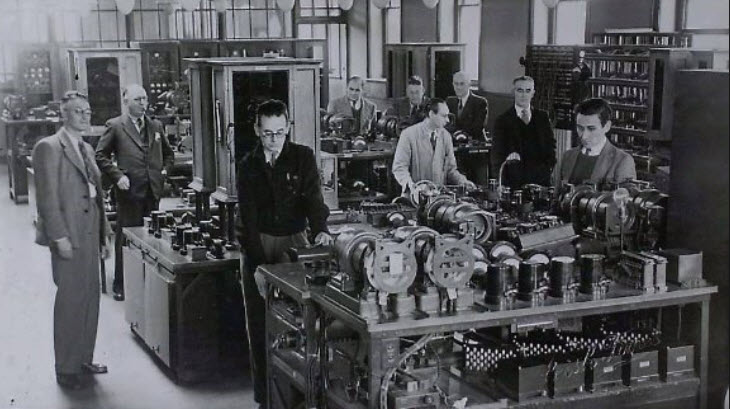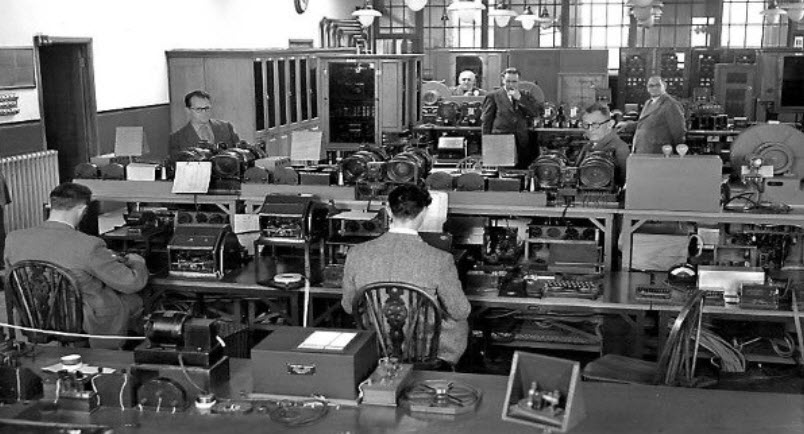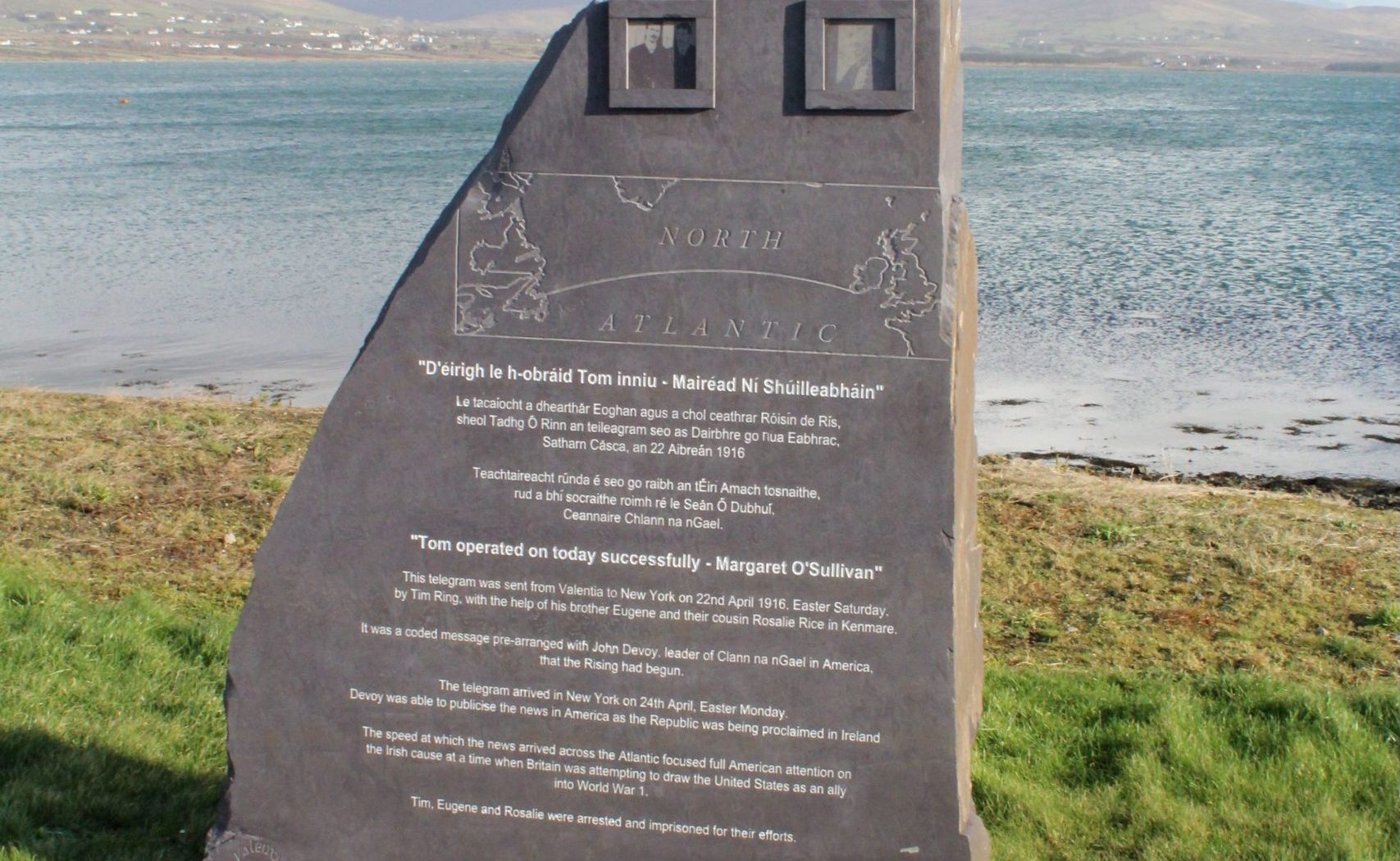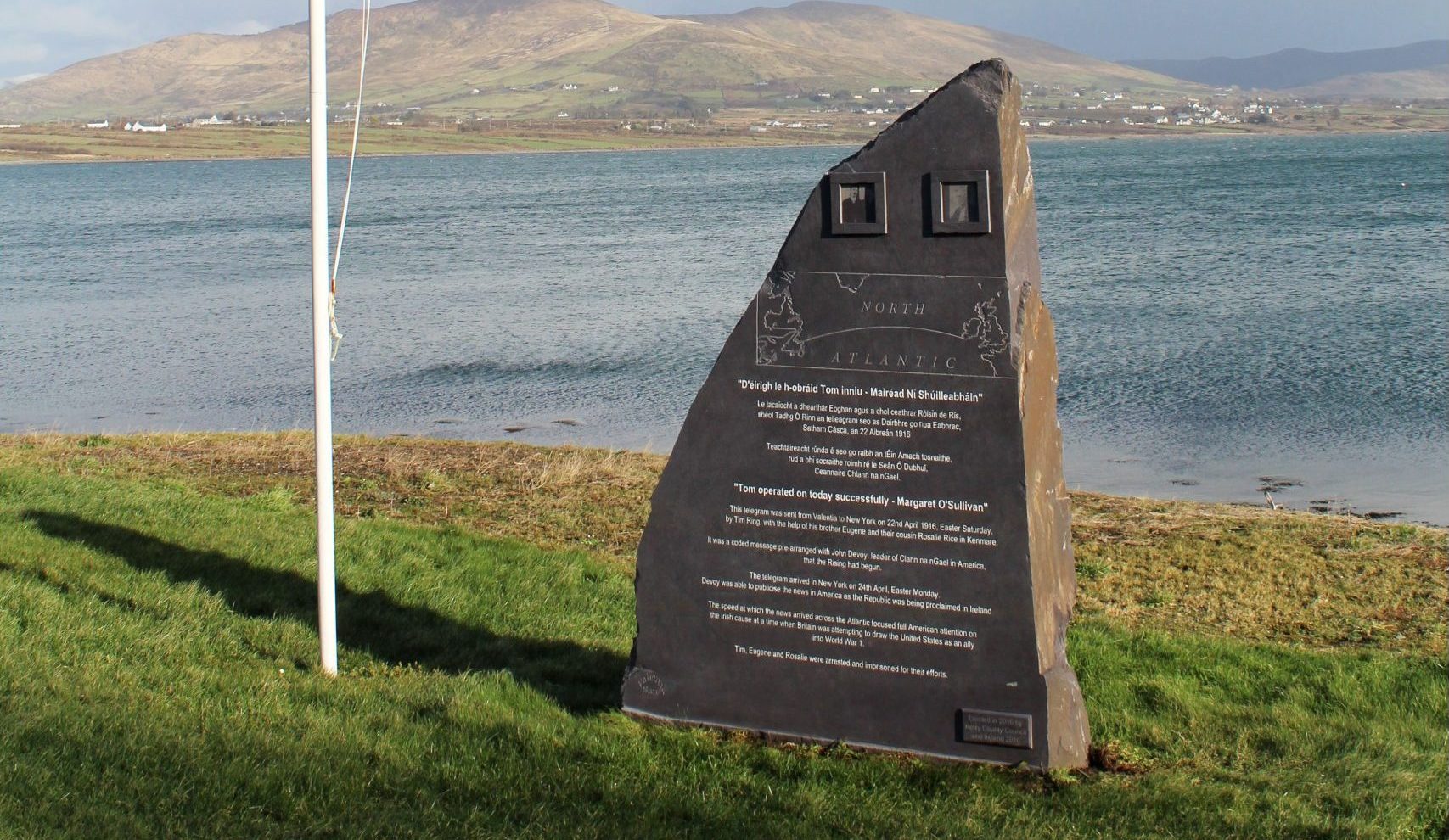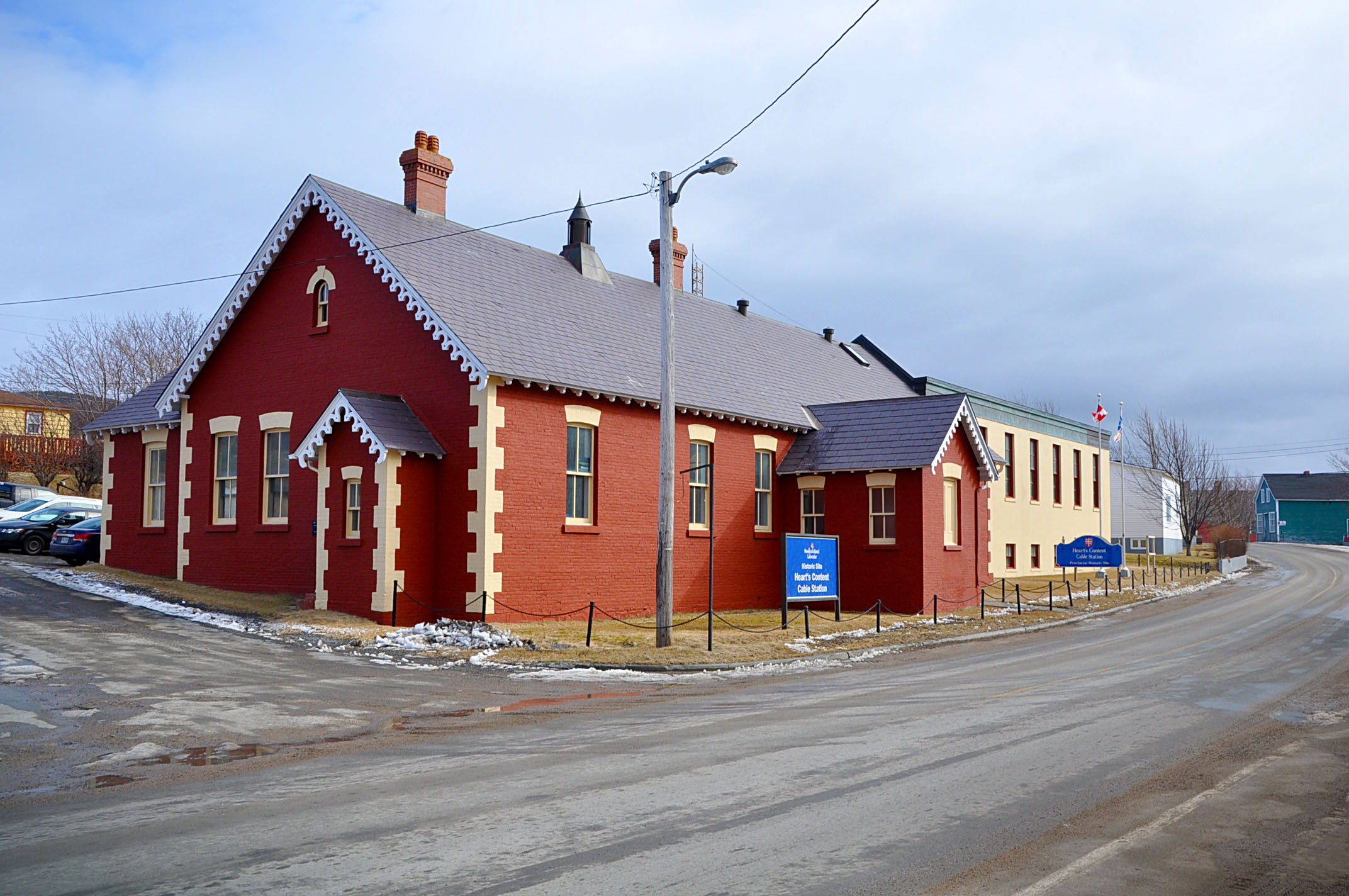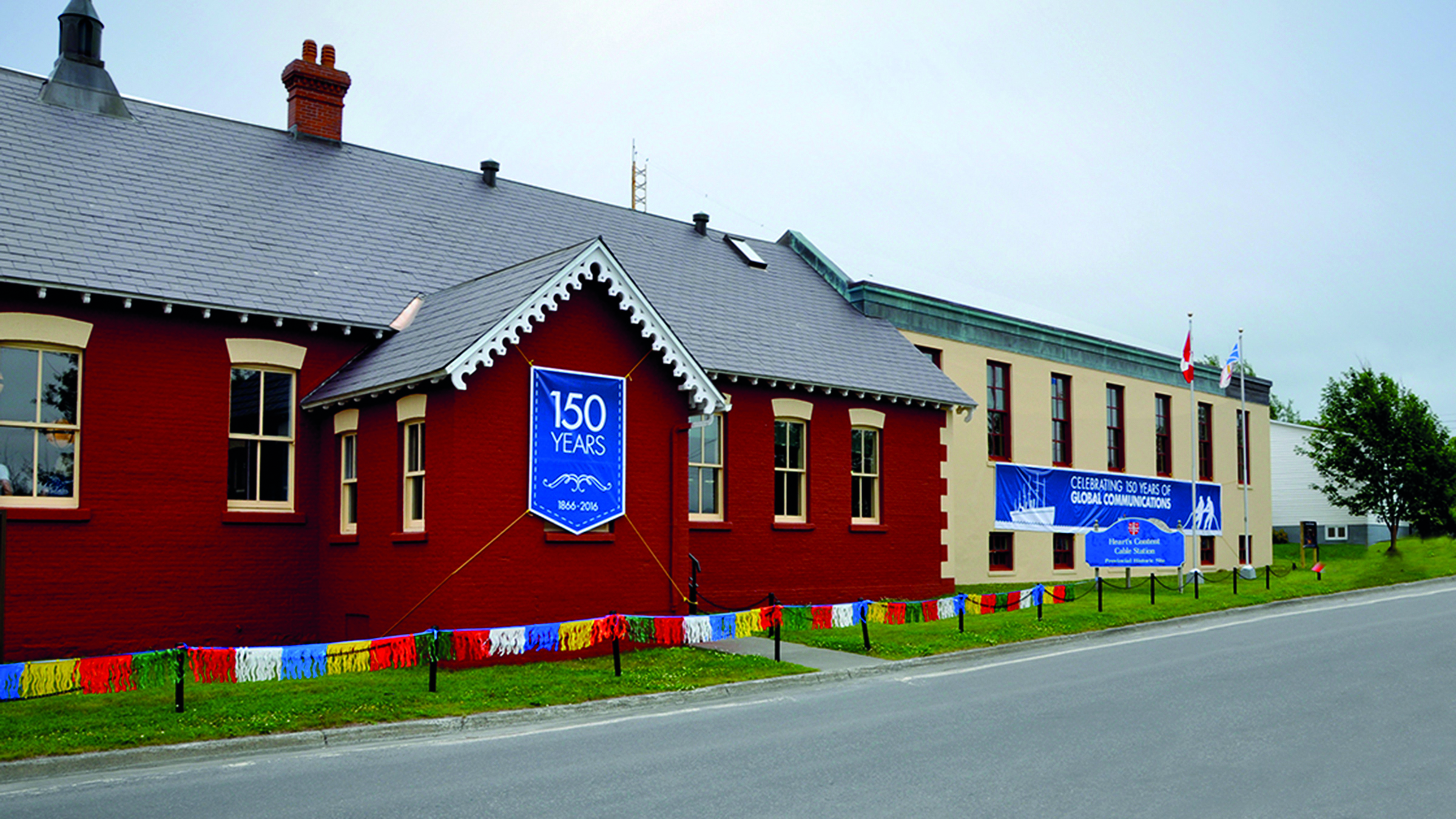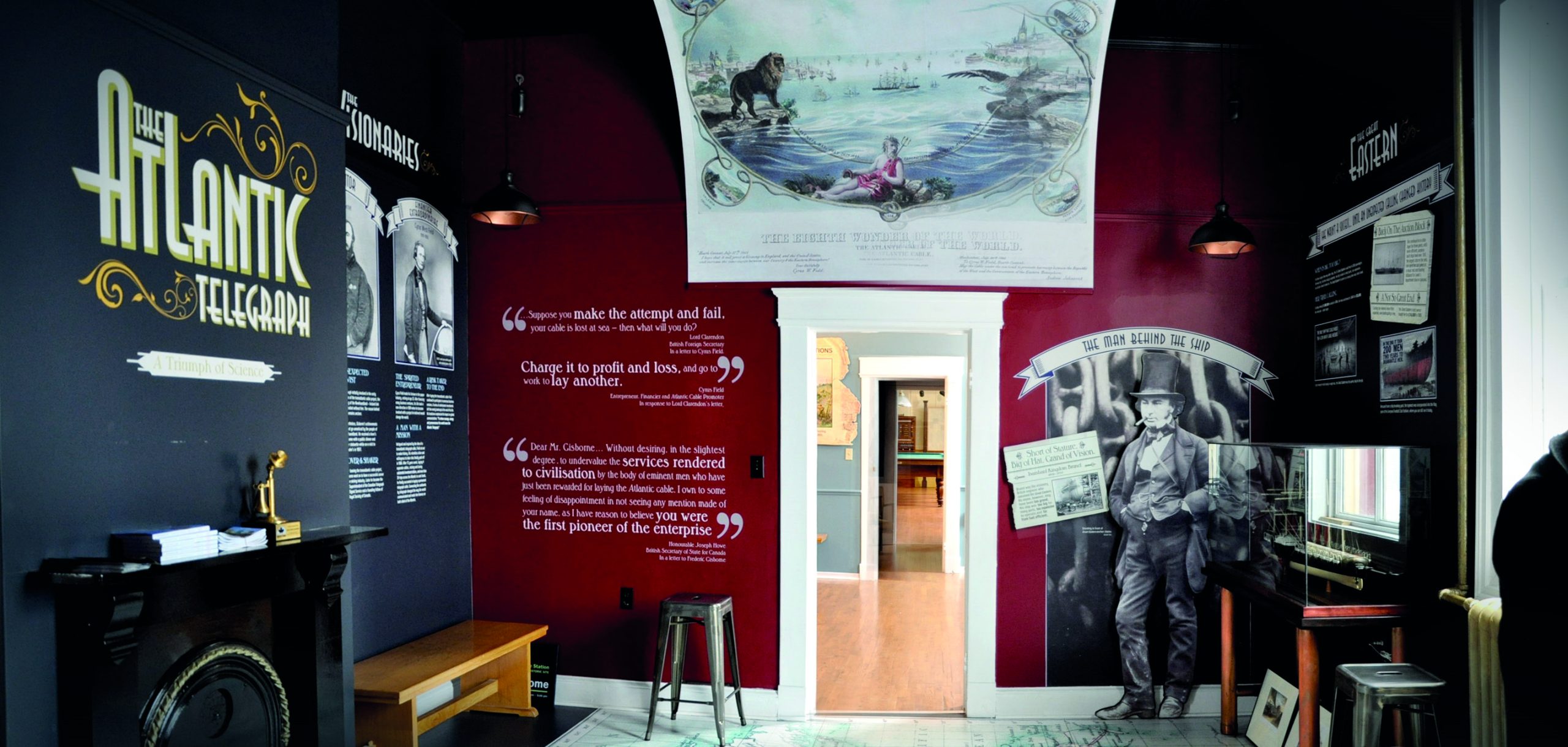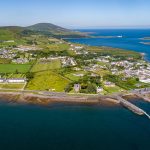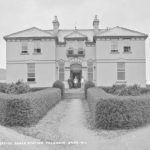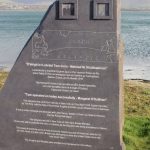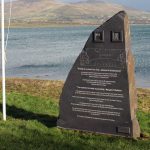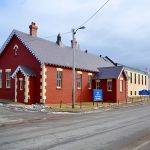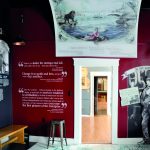About
Transatlantic Cable Ensemble is a transnational serial nomination comprising the shore-end termini of the world’s first permanent trans-oceanic submarine electric telegraph: the Eastern Terminus, Valentia Island, County Kerry, Ireland (two component parts) and the Western Terminus, Heart’s Content, Newfoundland, Canada (two component parts).
From 1857 to 1865 various attempts were made to lay a cable between Valentia and Newfoundland. These met with a mixture of brief technical success and commercial failure. Finally, in 1866, a successful and enduring connection was made at the Telegraph Field on Valentia and in 1868 a new permanent cable station was built at Knightstown on Valentia followed by one in in 1875/76 at Heart’s Content. These two well-preserved cable stations, together with associated features at both sites and officers’ accommodations at Valentia, comprise the nominated property. At Valentia, the architecturally complete station does not contain its original equipment, while at Heart’s Content there is a complete set in-situ.
The first transatlantic telegraphic message of 1858 from the Slate Yard in Valentia to Newfoundland, albeit short lived, represents a turning point in world history. The successful permanent Valentia-Heart’s Content connection from July 1866 revolutionised global communications by the ability to instantly and accurately communicate between continents separated by oceans. The nineteenth century cable stations at both sites are outstanding surviving testimony to the genius and perseverance behind this remarkable scientific and engineering feat, which many at the time believed to be impossible.
Gallery
Map
- Cable Station, Valentia, County Kerry, Ireland, County Kerry, Ireland.
- The Slate Yard, Farranreagh, County Kerry, Ireland, The Slate Yard, County Kerry, Ireland.
- Heart's Content Cable Station, Provincial Historic Site, Newfoundland and Labrador 80, Heart's Content, NL, Canada, Newfoundland and Labrador 80, Heart's Content, Newfoundland and Labrador, A0B 1Z0, Canada.
Potential Outstanding Universal Value
Justification
Transatlantic Cable Ensemble is an exceptionally well-preserved surviving monument to the world’s first successful trans-oceanic submarine telegraph cable, briefly connected in 1858, and successfully connected from Valentia Island to Heart’s Content in 1866. It represents one of the major milestones in global communications, and the birth of our modern telecommunications age.
Valentia and Heart’s Content were the respective eastern and western termini of the grandiose mid-nineteenth-century plan to connect North America and Europe via a 2,000-mile submarine telegraph cable. The transatlantic cable provided the ability to instantly and accurately communicate between the old and new worlds, resulting in world-changing commercial, political, military, media, and social impacts. Five subsequent cables were successfully laid between the two sites, establishing both as global communication hubs for the next one hundred years.
Valentia Transatlantic Cable Station (1868-1966) is the world’s first permanent trans-oceanic telegraph station. Its layout illustrates full social and technical organisation and provided a model for all cable stations worldwide. Heart’s Content Transatlantic Cable Station (1875-1965) is one of the world’s most intact historic cable stations and retains in situ original equipment to illustrate the technical heritage of the technology.
The historic Valentia and Heart’s Content Transatlantic Cable Stations are surviving testimony to the outstanding genius and perseverance behind this remarkable scientific and engineering feat, which many at the time believed to be impossible. The well-preserved and highly authentic ensemble provides vivid testimony to one of the most important scientific accomplishments of the nineteenth century. Global communications and diplomacy, commercial and financial markets, news media and social institutions were changed forever – a prelude to the Information Age and our modern networked world.
Criterion (ii): Transatlantic Cable Ensemble represents the outstanding and remarkable advances in communication technology during the mid to late nineteenth century. These advances were quickly and widely copied and proliferated globally, with immediate and subsequent outstanding influences on communications between countries and continents. The successful laying of the cable proved that telegraphic communication beneath oceans was indeed possible, and established telegraphy as the principal form of long-distance telecommunications for the next one hundred years.
Criterion (iv): Transatlantic Cable Ensemble is an outstanding and well-preserved exemplar of industrial heritage representing the technological achievements of the mid to late nineteenth century, which resulted in the birth of our modern telecommunications age, a significant stage in human history. The linking of the two sites pushed telecommunications technology of that age to its furthermost point with effects that transcended regional boundaries for the first time in history.
Authenticity
The Authenticity of Valentia Transatlantic Cable Station is high. In terms of location, setting, and key views, a compatible environment conveys the historical situation exceptionally well, contributing positively to spirit and feeling. This favourable situation reflects circumstances of comparative remoteness (yet proximity to Knightstown), sensitive ownership, lack of development pressure, and comprehensive legal protection for the complex and adjacent coastal and open water environment.
Form and design, materials and substance of the cable station are highly authentic, from principal constructions to well-crafted internal joinery. Externally, authenticity of the terraces and historical landscaped grounds is high, including boundary wall, gateways, carriageway and pathways. All equipment was removed from the cable room, part of the ground floor being re-used for light industrial purposes, although installations are light-touch and substantially reversible. The first floor remained unused after 1966, preserving substantial original features.
Spatial arrangement and structure remain faithful to operational evolution, and many original fittings survive (glazing and sash windows, staircase and balustrading, doors, fireplaces, ironmongery, central heating, wooden floors, bathrooms). Loss of use and function came with the closure of Valentia Cable Station in 1966, although terraced housing remained in occupation.
First Message Building (1857-60) is an authentic ruin, the masonry shell of a building that once contained the equipment from which the first ‘instant’ transatlantic message was exchanged, between Queen Victoria and US President James Buchanan, on 16 August 1858.
Knowledge of the Valentia components are founded on extensive primary archive material, an extensive photographic collection, supported by a conservation-led buildings survey and further archaeological investigation.
At Heart’s Content Transatlantic Cable Station, a shoreline section of the original 1866 cable lies underground perpendicular to the current main street, in a location near the original wooden cable station (approximately 180 metres from the current brick station). In its current subterranean state, it is physically protected from the elements. The cable has also been entered into the Newfoundland and Labrador Provincial Archaeological Site Inventory, which provides the site with a high level of regulatory protection.
The Heart’s Content Transatlantic Cable Station property encompasses the iconic 1876 cable station building, which remains in excellent condition, the shoreline where the cables came ashore, and a clear sightline to the harbour where the cable arrived from Valentia. The site is only missing the original 1866 temporary wooden cable house, of which there are no known surviving features.
The exterior and interior features and layout of the current cable station building remain virtually unchanged from the time of construction and height of operations, with only minor modifications due to changing technology and operational requirements. The 1918 section still retains all of the equipment and hardware used up to the time the site closed in 1965. The adjacent shoreline portion of the property is also virtually identical to what it was in the mid-nineteenth century. Six later cables are still visible from the shoreline going into the station and all can be seen connecting inside the station building.
The location and setting – a long, deep harbour on the east coast of Newfoundland with a low shoreline – was ideal to accommodate the cable laying SS Great Eastern, the largest ship in the world at that time, and for landing a submarine telegraph cable. The sightlines from the cable station out through the harbour are intact and the landscape looking out to the harbour is virtually identical to the mid-nineteenth century, when the SS Great Eastern sailed in with the live cable.
Integrity
Integrity of the cable heritage of Valentia Island is represented by the main Valentia Transatlantic Cable Station (1868-1966) and its nearby precursor First Message Building (1857-60). These sites contain the principal attributes of the Eastern Terminus.
Integrity of Valentia Transatlantic Cable Station is met in the context of the series. Functional integrity is conveyed by intact spatial layout of original buildings and extensions from the peak period of operation (including rooms and circulation spaces). Ancillary buildings also remain, all set in landscaped grounds with flanking terraced housing, accessways, tennis court and gardens. The lack of original equipment in the cable room (much table-top/floor-mounted), while undeniably impacting on integrity, is compensated for by the in-situ survival of equipment at the sister Heart’s Content Transatlantic Cable Station. A future concept comprises reinstatement of technically credible and contemporary historical equipment loaned by Heart’s Content.
Flanking cable terraces, gardens and recreational spaces reference a tangible socio-technical dimension of highly educated and well-paid staff, and their families, brought to this remote part of Ireland. Building extensions reflect peak operations. Terraces, in broadly symmetrical composition, are by the same architect (T.N. Deane) as the main station block.
Visual integrity of the cable station in the landscape is high, and the property is not threatened by neglect or inappropriate development.
Integrity of the First Message Building is limited to the standing masonry ruin of the building in its industrial context of the Slate Yard, facing the foreshore. The site has recently (2021) been acquired by the Community and is no longer under threat (urgent works to follow conservation management plan, 2022).
The Heart’s Content component is of adequate size to ensure the complete representation of contributing attributes. These attributes are in an excellent state of conservation due to high standards of conservation under provincial government ownership, protection through legislation, and the presence of year-round onsite operational and maintenance staff. There are also no known threats from development or otherwise.
Links
 Valentia Transatlantic Cable Foundation
Valentia Transatlantic Cable Foundation
